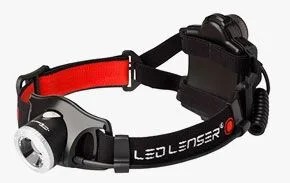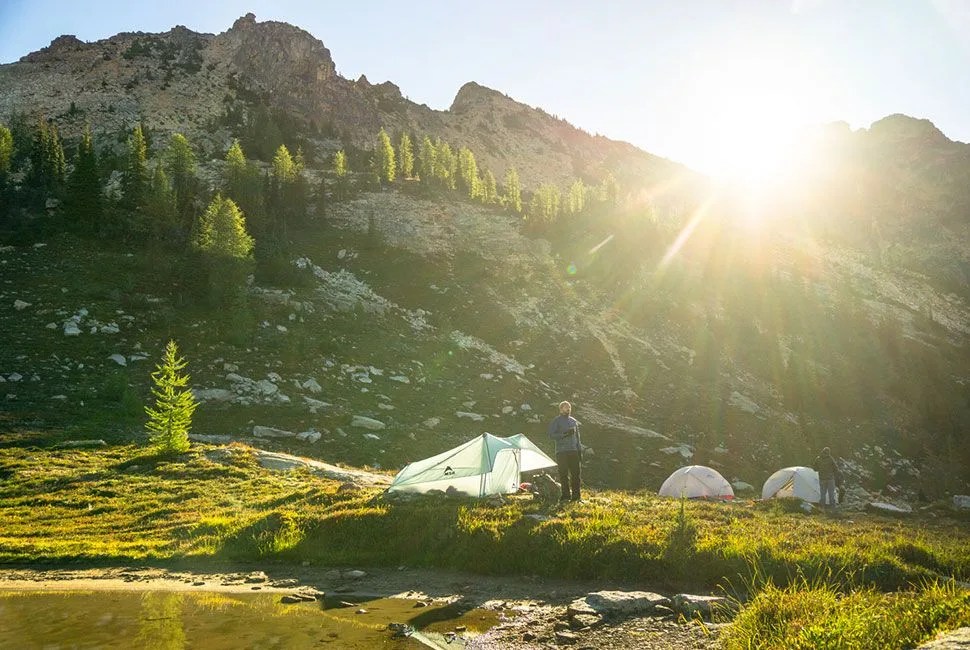
Pitching your tent in the wrong spot is an easy mistake to make. Whether it’s pure exhaustion, bad weather, or just a lapse in concentration, we’ve all been there — and the consequences are high. First, you’re unlikely to get a comfortable night’s sleep. Pitching in the wrong spot can mean more tent flapping and wind noise which will keep you up all night. Second, picking the wrong spot could actually damage your tent which can put a dent in your wallet. Before heading out into the backcountry on your next outdoor adventure, follow a few of these guidelines to pick the ideal location and get a comfortable — and uninterrupted — night’s sleep.
Be mindful of all local guidelines and regulations. Camp only on lands where it is allowed and make sure to be mindful of any restrictions. Many state and national parks have extensive guidelines (for instance the state of Vermont allows you to camp primitively 100 feet from any stream or body of water, 200 feet from any trail or property line, and 1,000 feet from any traveled road) outlined on their websites. Always follow Leave No Trace principals and pack out what you pack in. Breaking camping guidelines ruins the experience for people who come after you.
Make sure you have a potable water source. Before you put your pack down and start unpacking your tent, make sure you know where your water source is, whether it’s a stream, lake or well. Pitch your tent close, but not too close to your water source. This will make it easy to get water when you start to cook or if you need a drink of water in the middle of the night, but will make sure that you don’t contaminate the water source accidentally.
Light Up Your Tent at Night

LED Lenser’s H7R.2 is the perfect companion to help you pitch your tent and find the right spot if you roll into camp after dark. The H7R.2 pumps out a maximum of 300 lumens and also features LED Lenser’s Smart Light Technology that allows you to choose how much light you need at any given time. Buy Now: $90

